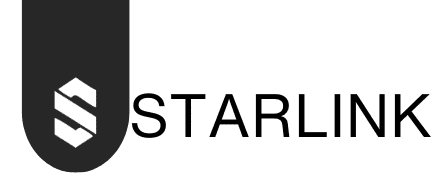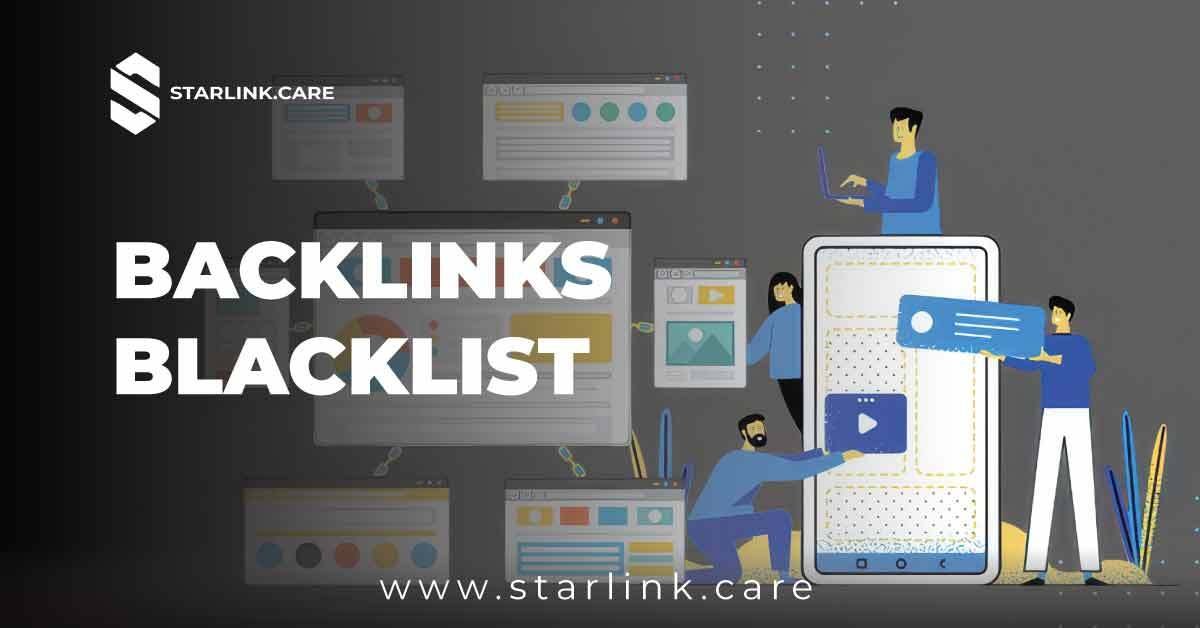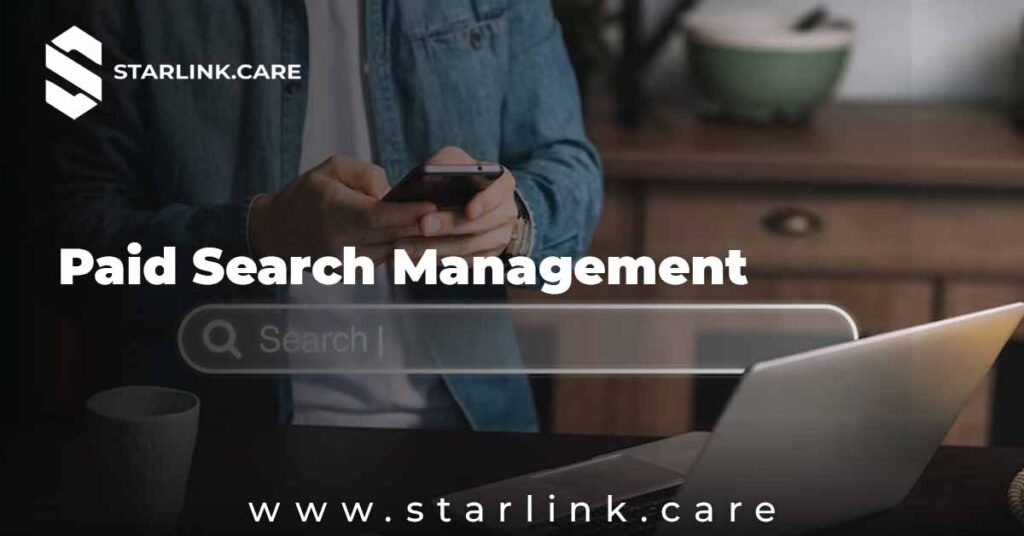Backlinks Blacklist: What You Need to Know
In the vast world of digital marketing, backlinks play a crucial role in improving your website’s authority and search engine ranking. However, not all backlinks are created equal. Some can harm your website’s reputation and visibility. This is where the concept of a backlinks blacklist comes into play. In this article, we’ll explore what a backlinks blacklist is, why it matters, and how you can protect your website from harmful links.
Understanding Backlinks
Before diving into blacklists, let’s briefly discuss what backlinks are. Backlinks, or inbound links, are links from one website to another. Search engines like Google view backlinks as votes of confidence. The more high-quality backlinks your site has, the more credible it appears, which can positively affect your search engine rankings.
For example, think of backlinks as recommendations. If several trusted websites recommend your restaurant, new customers are more likely to visit. However, if those recommendations come from questionable sources, it could raise red flags.
What is a Backlinks Blacklist?
A backlinks blacklist is a collection of websites or domains that have been identified as harmful or low-quality. These sites often engage in spammy practices, such as link farms, excessive reciprocal linking, or other tactics aimed at manipulating search engine rankings. If your website is linked to these blacklisted sites, it can negatively impact your own site’s authority and search performance.
Importance and Impact
Backlinks are a crucial factor in search engine optimization (SEO), as they signal to search engines that your website is a credible source of information. However, not all backlinks are beneficial. Some links come from questionable or spammy websites, which can harm your SEO efforts. This is where a backlinks blacklist comes into play.
A backlinks blacklist is a list of domains or websites that are considered harmful to your website’s ranking and reputation. These harmful links often come from low-quality or toxic sites, which might be involved in practices like link farms, link exchanges, or irrelevant content. If search engines detect such backlinks, they can penalize your website, lowering your ranking or even deindexing it.
The impact of having bad backlinks on your site can be significant. Not only can it damage your search engine rankings, but it can also diminish your site’s trustworthiness in the eyes of users. Therefore, regularly monitoring your backlinks and maintaining a healthy backlink profile is essential for good SEO practices.
To protect your website, it’s important to identify harmful backlinks and disavow them using tools like Google Search Console. By doing so, you can ensure that only high-quality, relevant backlinks contribute to your site’s authority, helping to maintain and improve your search engine rankings.
Why Does a Backlinks Blacklist Matter?
- Protect Your Reputation: Associating with low-quality or spammy sites can tarnish your brand’s image. If potential customers see your site linked to untrustworthy sources, they may question your credibility.
- Avoid Penalties: Search engines continuously update their algorithms to ensure a fair playing field. If your site is linked to blacklisted domains, it may face penalties, resulting in lower rankings or even removal from search results.
- Maintain SEO Health: A healthy backlink profile is essential for effective SEO. Keeping track of your backlinks and removing harmful ones helps maintain your site’s authority and visibility.
How to Identify Bad Backlinks
Identifying bad backlinks is the first step to protecting your website. Here are some tips to help you spot them:
Step 1: Use Backlink Analysis Tools
There are several tools available that can help you analyze your backlink profile. Some popular options include:
- Ahrefs
- SEMrush
- Moz
These tools can provide insights into the quality of the websites linking to you, allowing you to identify potential issues.
Step 2: Look for Red Flags
When analyzing your backlinks, watch for the following red flags:
- Low Domain Authority: If the linking site has a low domain authority score (often below 20), it may not be worth associating with.
- Spammy Content: Websites filled with spammy or irrelevant content are usually a bad sign.
- Irrelevant Niches: Backlinks from websites unrelated to your industry may harm your credibility. For example, if a financial website links to your dog grooming business, it’s likely not a natural or valuable link.
Step 3: Check for Link Farms
Link farms are groups of websites that link to each other to boost their search rankings artificially. If you discover that your site is linked to a link farm, it’s time to disavow those links.
Step 4: Monitor Changes Regularly
Regularly monitoring your backlink profile is essential for maintaining a healthy website. Set a schedule (monthly or quarterly) to review your backlinks and check for new or harmful links.
How to Remove Bad Backlinks
Once you’ve identified bad backlinks, it’s time to take action. Here’s a step-by-step guide to removing them:
Step 1: Reach Out to Webmasters
If you find low-quality backlink, reach out to the webmasters of those sites and request that they remove the links. Be polite and explain why you want the link removed.
Step 2: Use the Disavow Tool
If you can’t get the links removed, use Google’s Disavow Tool to inform Google that you don’t want to be associated with those links. This tool allows you to submit a list of URLs or domains you wish to disavow, protecting your site from their negative effects.
Step 3: Monitor Results
After disavowing bad backlinks, keep an eye on your site’s performance. Check your rankings and traffic to see if there are improvements. It may take some time for Google to process your disavow request, so be patient.
Anecdote: A Cautionary Tale
To illustrate the importance of monitoring backlinks, let’s consider the story of Mark’s Tech Blog. Mark was thrilled when his site started gaining traction, thanks to some high-profile backlinks. However, he neglected to monitor the quality of these links. A few months later, he noticed a significant drop in traffic.
Upon investigation, Mark discovered that one of the websites linking to him was a notorious link farm. This association led to penalties from Google, resulting in a plummet in his rankings. After taking action to remove the bad backlinks and disavowing the link farm, Mark eventually recovered, but it took time and effort. His experience serves as a valuable reminder of the importance of maintaining a clean backlink profile.
Conclusion
In the world of SEO, a backlinks blacklist is a critical concept that every website owner should understand. Protecting your site from harmful links not only safeguards your reputation but also ensures you maintain your search engine rankings. By regularly monitoring your backlinks, identifying low-quality sources, and taking action to remove them, you can create a healthier online presence.







